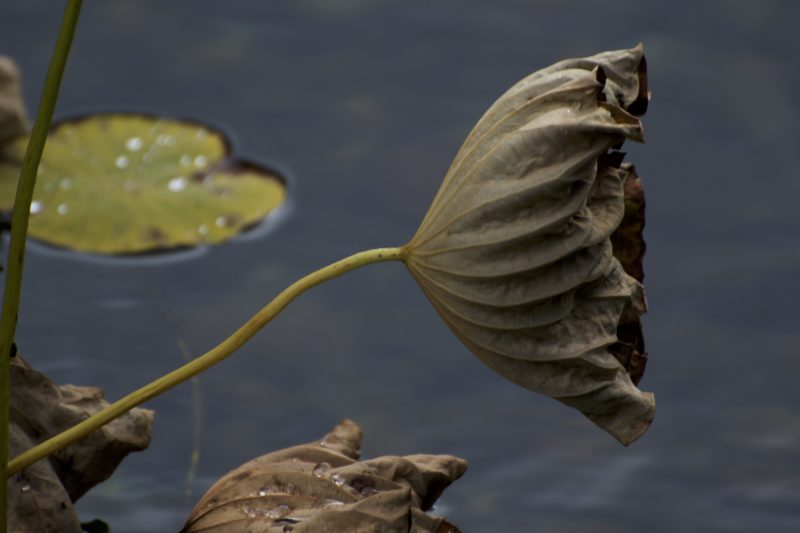
“…a translocation with transformation indefinitely delayed” is today’s phrase that is somewhat haunting me. It comes from a perceptive and smart piece of art criticism by Kimberly Bradley whose writing I hold in high regard. The essay describes and analyzes Ai WeiWei’s 2016 exhibition in Vienna titled Translocation-Transformation.

Bradley openly describes her distaste bordering on disgust of Ai WeiWei’s “gimmicky instrumentalization of the refugee crisis,” alluding to narcissism and publicity seeking, but then is admirably open to give a positive review of the art in front of her. I know nothing of this controversy (assuming it is not just her own personal assessment,) but wished I had seen the work since it dealt with the notion that people who move need to change and adapt. That in itself is hard, but becomes particularly so when the move was involuntary and the host culture is hostile.

For sake of argument, assume you had to flee your country of origin and are tolerated in your new residence only if you forsake all of the customs that your religious or ethnic background demands. Let’s make it concrete: you are an orthodox Jew, and you are now required to eat pork and shrimp, not wear Kipot, shake women’s hands, and not to study Hebrew. As I said, for sake of argument. I guess we all agree that we would find it detestable if a Jew was forced to change his diet. Some would, however, possibly argue, that Jews needed to learn English for school and that Jewish girls would be required to share the classroom with boys. I guess most of us would also agree that certain customs – (now not Jewish but centered in African cultures) like clitorectomy for girls – are an absolute taboo in a Western democracy. So we are drawing lines in the sand, and would be hard pressed to explain where we choose to place those lines away from the extremes.

Many, when asked why they require this or that transformation from the refugees, argue that if people want to live here they need to accept our culture and norms. Do they want to live here? Or do they simply not want to die over there? Gives the fact of offering sanctuary the right to make demands? I have no answer to those questions, but think about them a lot since both sides have valid reasons to be wary.
https://frieze.com/article/ai-weiwei-2

Closer to home there is a new exhibit by the very same artist that I hope to visit in New York City before it’s gone. Catch it, NYC peeps!
https://newrepublic.com/article/145469/ai-weiwei-takes-migrant-crisis
For now, let me quote Bradley’s description of an exhibit piece in the 2016 show which also explains my choice of photographs for today – the wilted Lotus plants.

“Floating on the pond was the piece about which I was initially most sceptical. F Lotus (2016) comprises 1,005 life jackets discarded by refugees who landed on Lesbos (the island’s mayor donated the jackets to Ai). Ai’s refugee-related work has often been tone-deaf and self-centred, most notably the photographic self-portrait in which he posed as the drowned Syrian toddler Alan Kurdi on a Turkish shore, or the occasion when he wrapped celebrities in emergency blankets at a Berlin benefit dinner (both 2016). But F Lotus is a more considered commentary: one with a message beyond celebrity ‘solidarity’ or Instagram selfies with refugee barbers. Here, 201 rings, each comprising five life jackets in blue, red or orange, form lotus flowers symbolizing rebirth and transcendence – perhaps hopelessly optimistic sentiments in a country whose right-wing faction wants to cut refugee support and where refugees still wait months for asylum: a translocation with transformation indefinitely delayed. But, together, the lifejackets form the calligraphic letter ‘f’, which, in a twist on the kitschy lotus, is meant to play on the f-word in English and, in Mandarin, alludes to a phrase meaning, ‘F*** your mother.’ As the horrific causes of the world’s most recent mass migration continue, Ai has at last given us a piece that is provocative while it evokes contemplation.”

Today’s poem is Home by Warsan Shire





